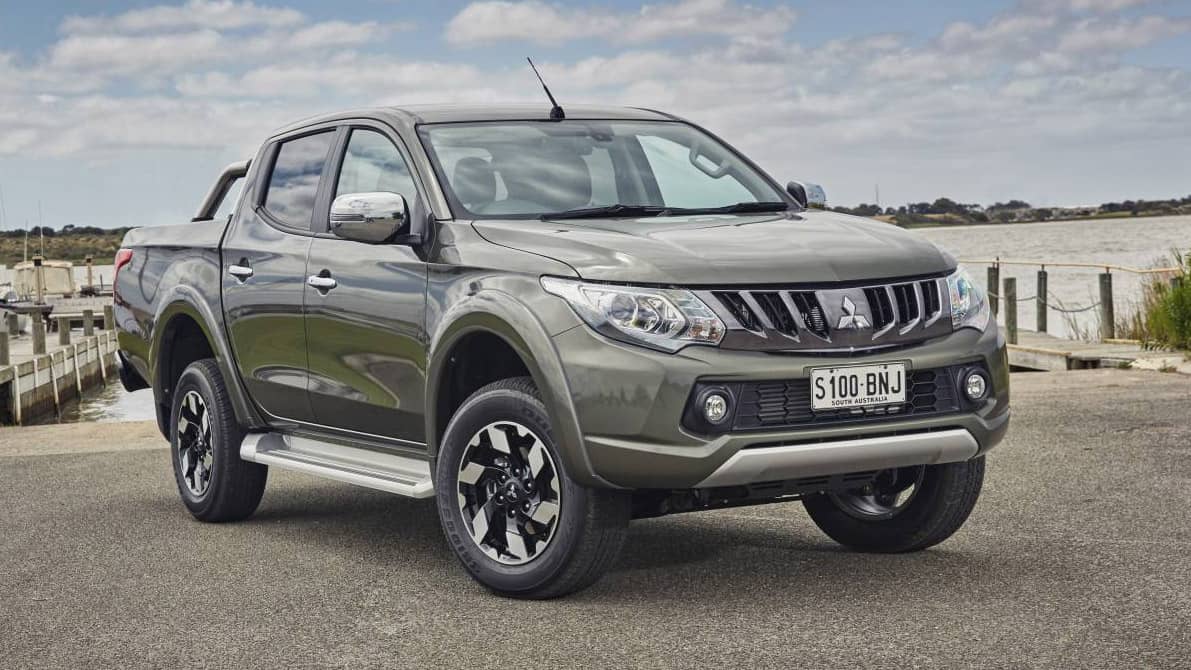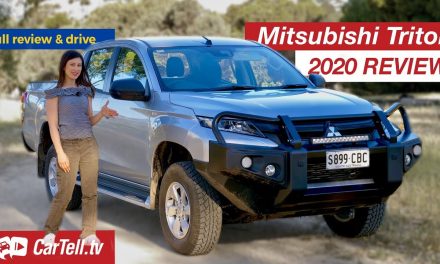A SQUARE box is regarded as the most efficient use of space, and I thought Mitsubishi wanted to emphasise that in its latest ASX.
Why? Well, its rego plate read: SOOO BXY.
Blind Harry could figure there wasn’t enough space for an O in BXY, but the message was clear: It’s boxy, alright, therefore space-efficient. But it’s really no boxier than any other SUV, indeed, it’s one of the best looking of its kind.
Turns out the plate wasn’t personalised. It was registered in South Australia and was intended to be an S, followed by three zeroes. (I think.)
The super-popular and class-leading ASX claims more more space inside than most of its small SUV rivals and continues to top the sales charts, despite not having changed a great deal through the years.
The ASX comes in a five-model range with prices starting at $23,490 for the ES with a five-speed manual transmission.
All models have a 2.0litre four-cylinder non-turbo petrol motor producing 110kW and 197Nm and all are front-wheel drive.
Even the ES is pretty well equipped, with standard gear such as 18-inch alloy wheels, cruise control, LED daytime running lights, cloth trim, and a smartphone link with Apple CarPlay and Android Auto connectivity, DAB+ digital radio, Bluetooth and a four-speaker audio system.
Similar: 2018 Mitsubishi Triton Review
Standard safety features include traction and stability control, seven airbags, a reversing camera, electronic brakeforce distribution and mounting points for bambino seats.
You can have it with CVT automatic for $2000 extra and another $1500 adds ADAS, which is easier to say Advanced Driver Assistance System.
It’s a worthwhile extra with a lot of safety features: lane departure warning, blind spot warning with lane change assist, rear cross traffic alert, rear parking sensors, dusk sensing headlights with auto high beam, rain sensing wipers and autonomous emergency braking.
Next up is the $27,990 LS model, the one we’re having a look at here, which has built-in ADAS as well as upmarket interior trim, a two-tone finish for its alloys, more chrome, foglights, climate control, privacy glass and proximity key with push-button start.
Then there’s the Exceed and for its asking price of $30,990, buyers get a heated and powered driver’s seat, leather trim, panoramic roof, LED ambient lighting, chrome exhaust tip and two more speakers.
The leather-trimmed steering wheel is reach and rake adjustable and has buttons for cruise control, the audio system and smartphone.
There’s adequate seating for five adults and better than expected cargo space of 393litres, which can be boosted to 1193 with the back seats folded flat.
There’s good legroom too, with a lot of footspace under the front seats.
Mind you, the back seat will only hold two people if they are of the increasingly common super-rotund size.
The car drives well, with average acceleration – 10.5 seconds to 100km/h – easy cruising and its Macstrut front and multilink rear suspension give it very good comfort and decent handling.
It has a tight turning circle and elevated seating, making it easy to squeeze into small spaces.
Official average fuel consumption is 7.6litres/100km but we recorded 8.1 in the real world, which we were quite happy with.
Overall, it’s a very good balance of performance, economy, comfort and space, and its position at the top of the small SUV segment proves it’s exactly what most buyers want.
It’s been the case for a few years, and logic says if it ain’t broke, don’t fix it.
So it simply adds a few of the latest bits of bling and tech but retains the well-proven drivetrain, and keeps the price right.
Verdict: Sooo boxy, sooo good.
LIKE:
- The looks
- The space
- Comfort
- Value
- Build quality
- Lots of standard features
DISLIKE:
- A few more kiloWatts wouldn’t hurt
Scores:
- Looks
- Performance
- Safety
- Thirst
- Practicality
- Comfort
- Tech
- Value














Will be interesting to drive the upcoming 2020 version with the 2.4l engine.